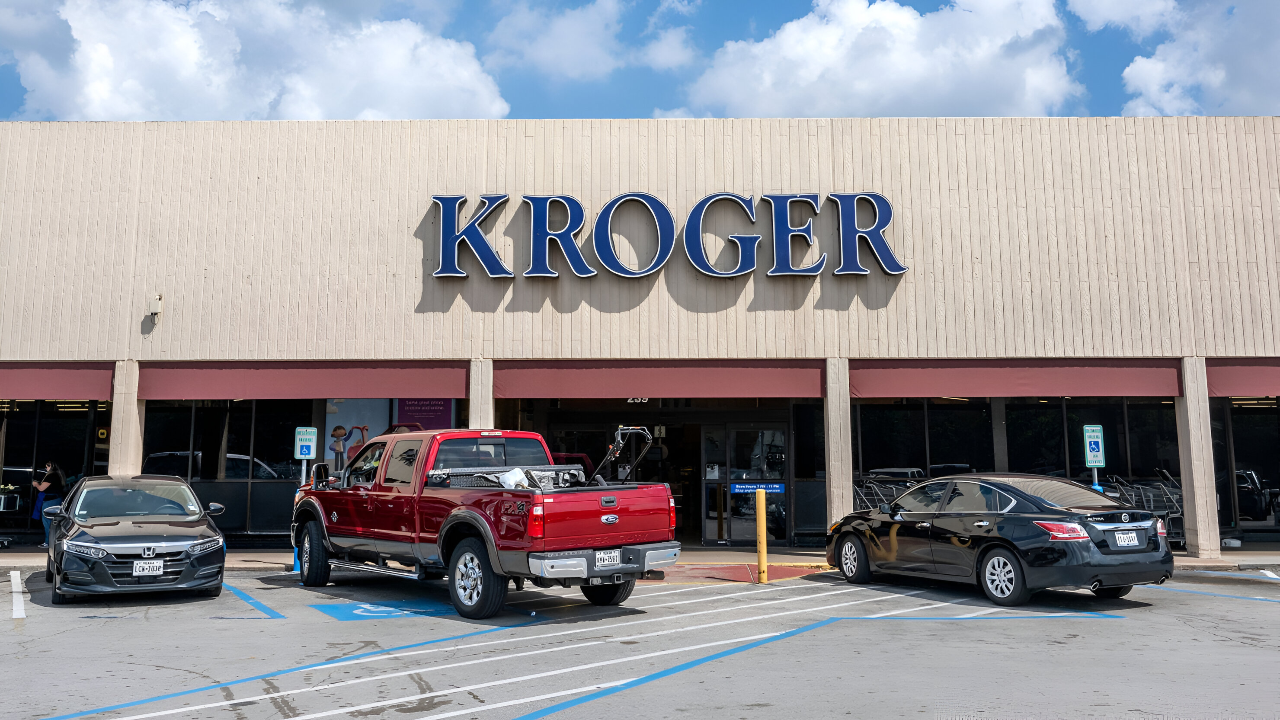
According to a recent report from USA Today, Kroger, the largest supermarket chain in the United States, has announced that it will be closing down 60 of its stores nationwide over the next 18 months.
The decision, disclosed in the company’s first-quarter 2025 earnings report, marks a significant turning point for the retail industry. This decision is expected to have far-reaching consequences for employees, local economies, and the countless communities that depend on these stores for jobs and essential goods.
Jobs at Stake
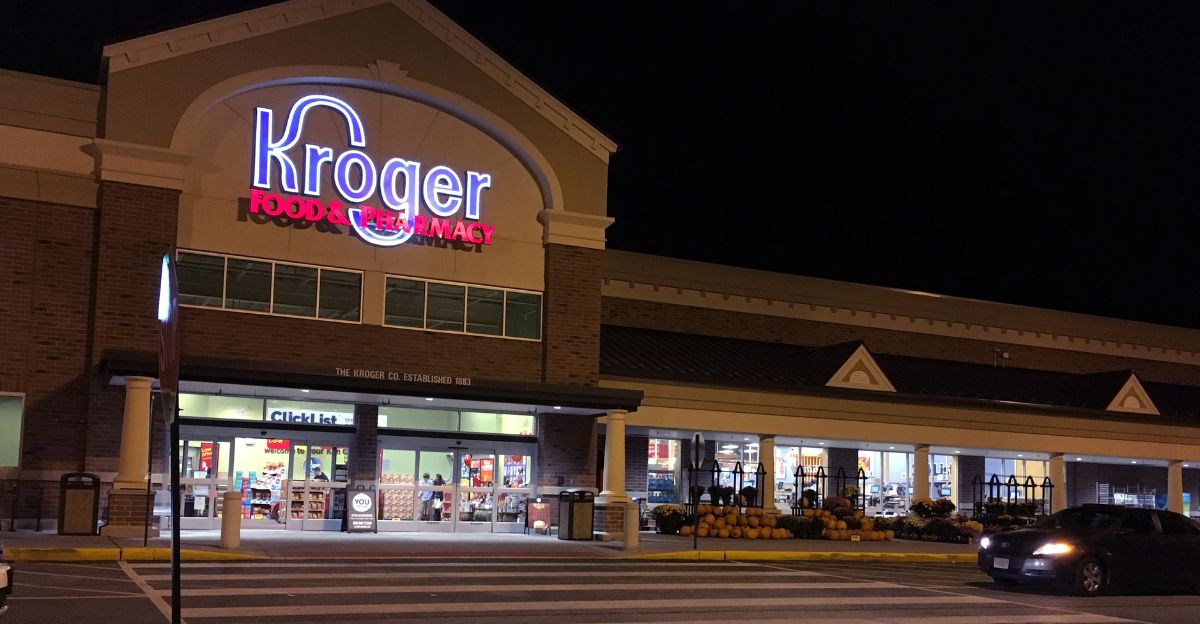
On average, a standard Kroger location employs between 100 and 150 people, including cashiers, stock clerks, bakers, butchers, and managers. Using that estimate, these closures could put between 6,000 and 9,000 workers across the country at risk of losing their jobs.
Kroger employs almost 410,000 people across America, making this one of the largest retail job losses in recent years. The stakes are high for families and local economies, which are already under pressure.
Kroger’s Legacy
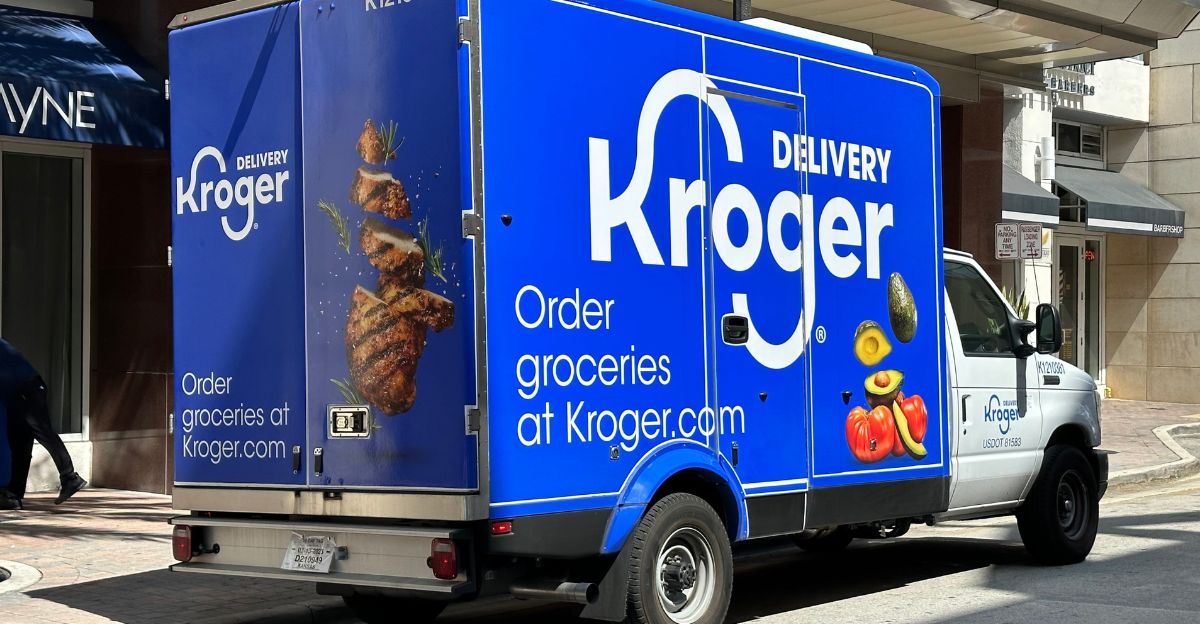
Founded in Cincinnati, Ohio, in 1883, Kroger has grown from a single neighborhood grocery store into one of the most recognized names in American retail.
Today, the company operates more than 2,700 stores nationwide, running under a variety of familiar banners like Ralphs, Harris Teeter, and King Soopers. The company has been a fixture in American grocery retail for over a century, with a presence in 35 states and the District of Columbia.
Mounting Pressures

Kroger’s decision follows a turbulent period marked by labor unrest, a failed $24.6 billion merger with Albertsons, and intensifying competition from Walmart, Costco, and Amazon.
Rising costs and changing consumer habits have squeezed profit margins across the sector.
Which Locations Are Closing?

But where are these closures taking place? They will be spread across multiple regions, including Houston, Texas, with Hammerly Plaza (Gessner Rd.) and Echo Lane (Katy Freeway) set to close in September.
On top of that, stores in Georgia, Illinois, Virginia, and West Virginia are being closed through August, and Kroger-owned Fred Meyer locations in Kent and Everett, Washington, are preparing to close in October.
Regional Fallout
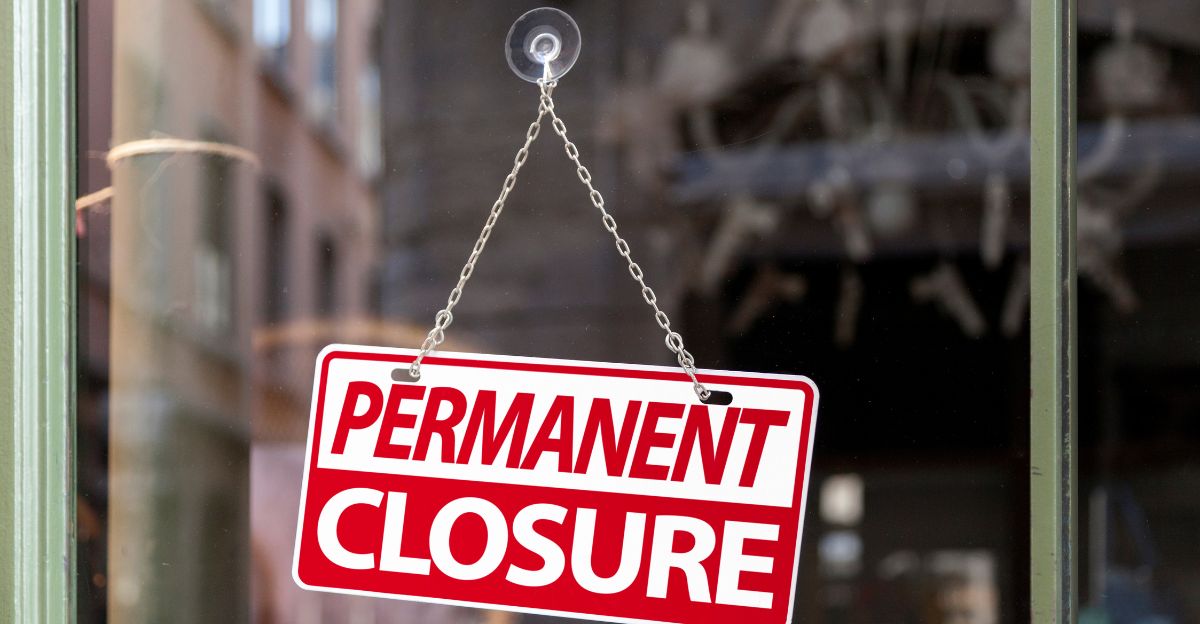
Interim CEO Ron Sargent stated that these stores “fail to deliver sustainable results.” This means that Kroger is closing down stores that aren’t meeting profitability goals.
The company’s strategy is to steer customers toward better-performing locations while channeling funds and resources into opening new stores in markets with higher demand.
Human Toll

Workers at closing stores face uncertainty, though the company said in an earnings report, “Kroger will offer roles in other stores to all associates currently employed at affected stores.”
However, the practicality of these transfers may vary depending on the distance and availability of positions. This is a major blow for workers and their families, highlighting the need for support and transition resources.
Competitor Moves
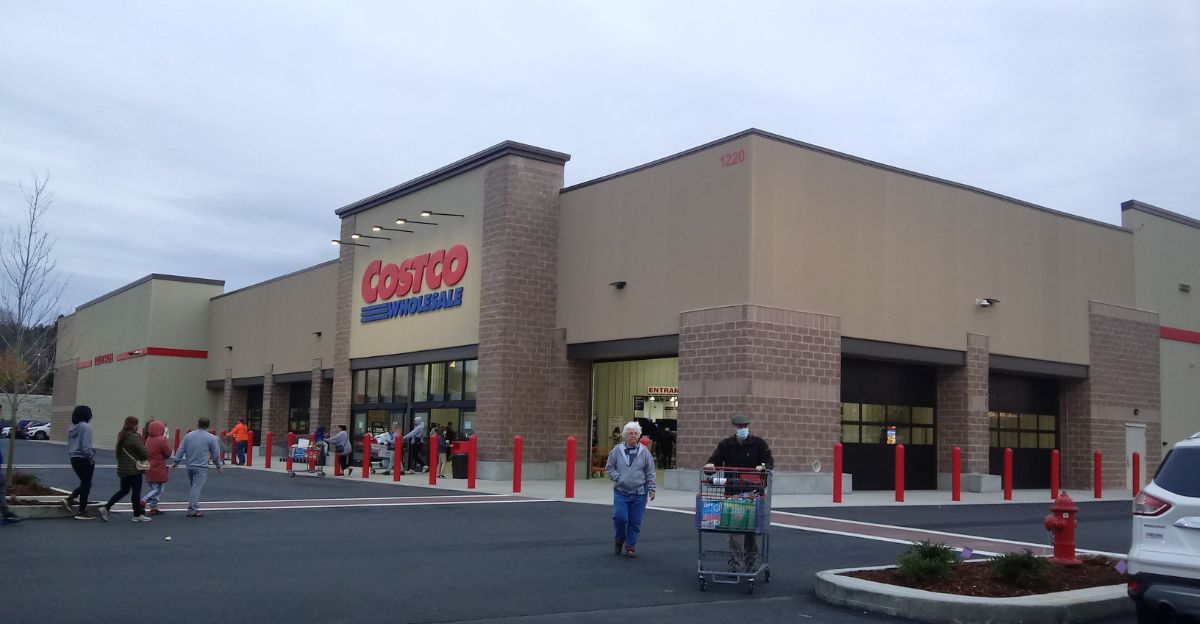
Kroger’s retrenchment comes as rival stores like Walmart and Costco expand aggressively. Meanwhile, the failed merger with Albertsons has left both companies vulnerable, with Albertsons now suing Kroger for breach of contract and seeking damages.
“As a result of these store closures, Kroger expects a modest financial benefit,” the company said in its filing. “Kroger is committed to reinvesting these savings back into the customer experience, and as a result, this will not impact full-year guidance.”
Industry Crossroads

The closures reflect a broader trend of consolidation and rationalization in U.S. grocery retail.
Analysts note that Kroger typically closes about 30 stores per year, but this year’s total is double the normal amount, signaling deeper industry challenges.
Leadership Shakeup
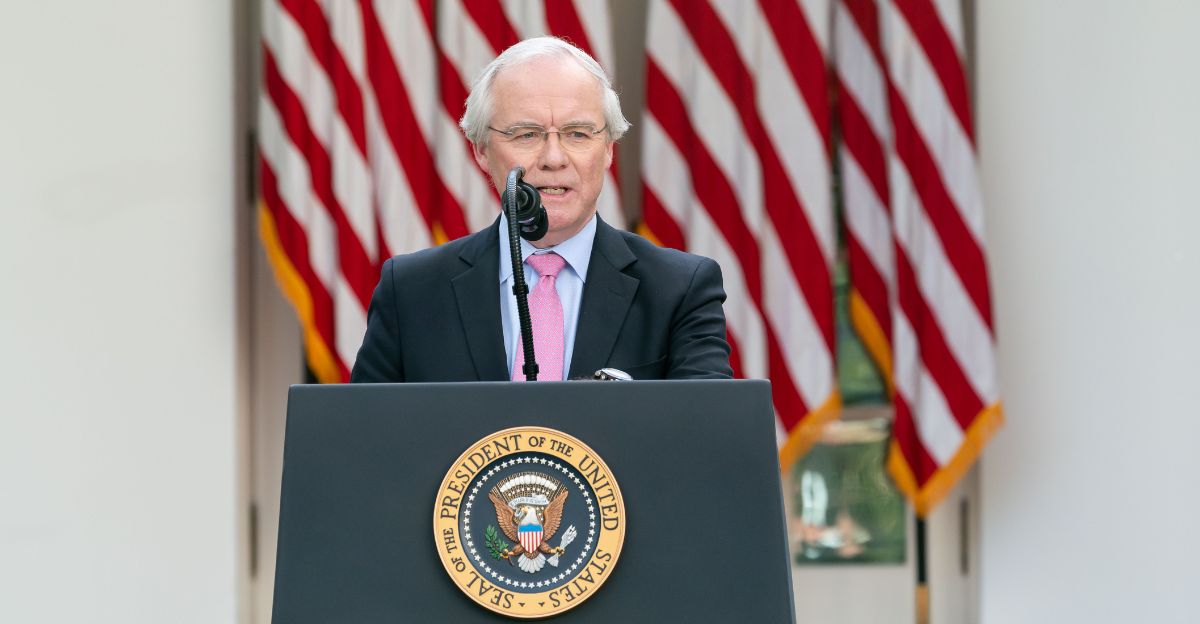
The earnings report came a few months after a major change at the company. Kroger’s former chairman and CEO, Rodney McMullen, left the company in March after a board investigation found that his personal conduct was “inconsistent with Kroger’s Policy on Business Ethics.”
Ron Sargent, former Staples CEO, was named interim CEO, adding further instability during a critical transition.
Internal Strains
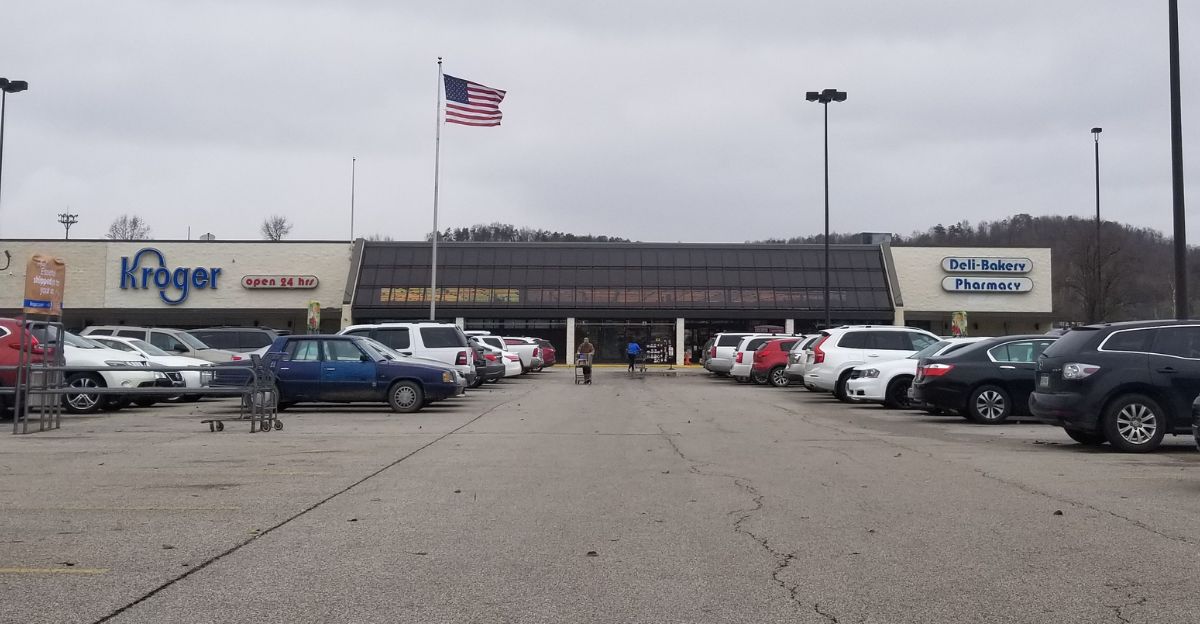
The failed merger and leadership turnover have fueled frustration among Kroger’s board and management.
The company paused routine store closures during merger talks, creating a backlog of underperforming locations that are now being shuttered.
Ownership and Strategy
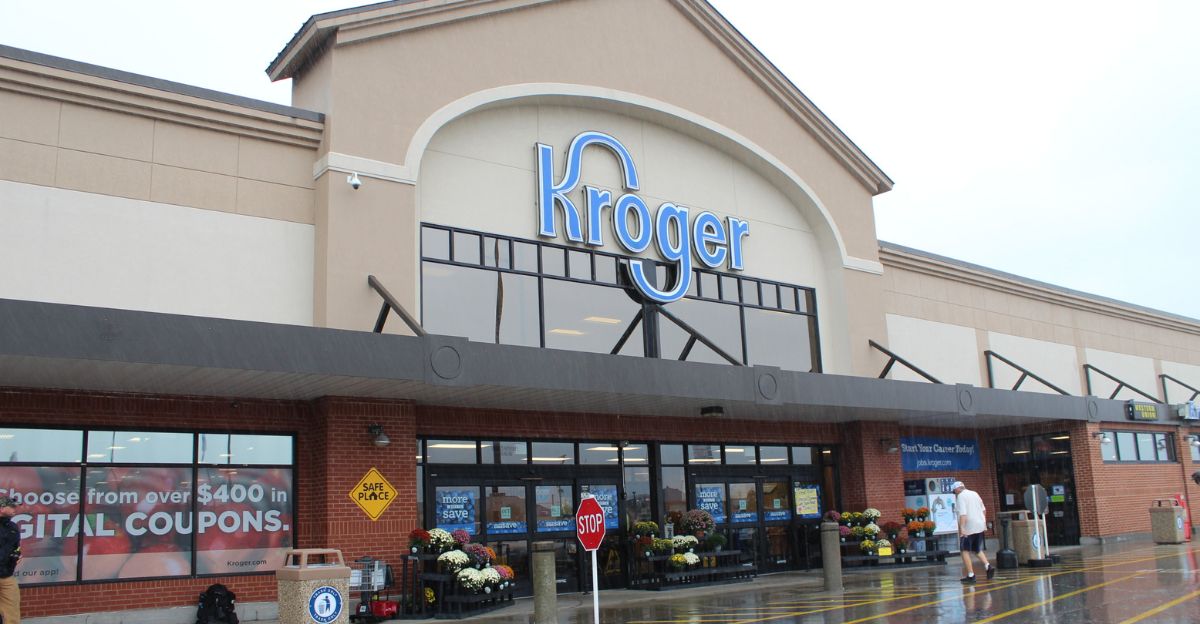
Kroger’s board is under pressure to chart a new course. With Sargent as interim CEO, the company is reviewing its portfolio and reinvesting savings from closures into customer experience and new store formats.
“Our commitment to driving growth in our core business and moving with speed positions us well for the future,” Kroger said in its filing. “We are confident in our ability to build on our momentum, deliver value for customers, invest in associates, and generate attractive returns for shareholders.”
Comeback Blueprint
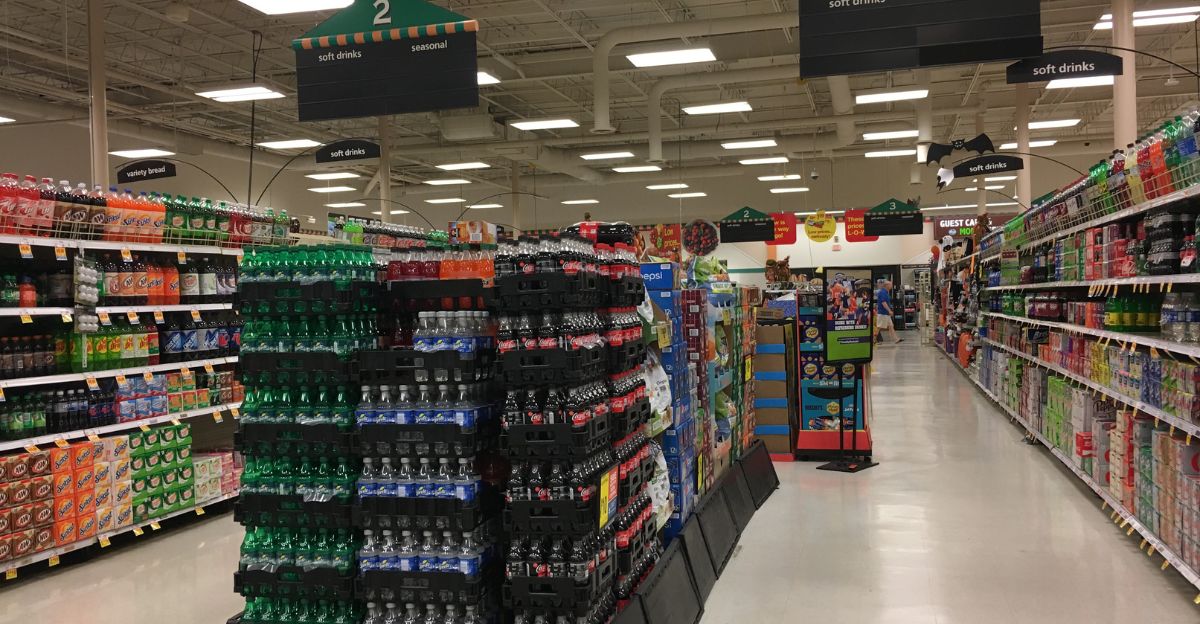
Despite setbacks, Kroger plans to complete 30 major store projects in 2025 and accelerate new store openings in 2026.
The company is betting on e-commerce, pharmacy services, and fresh food to drive its growth in the future.
Expert Outlook
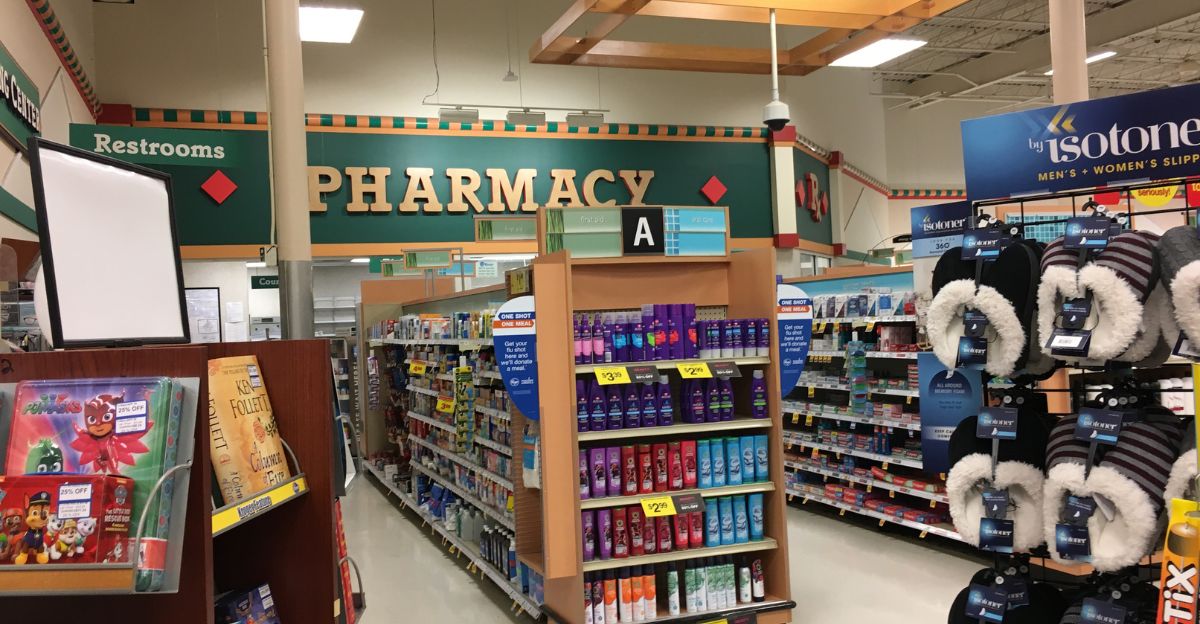
However, analysts remain cautious of the situation. “Kroger faces this intensely competitive field in the grocery industry,” Jeff Wells, lead editor at the trade publication Grocery Dive, said. “From Walmart to Costco to Whole Foods and Sprouts Farmers Market, everybody in the industry is kind of gunning for them.”
The company’s e-commerce business grew 15% in Q1 2025, but remains unprofitable, raising questions about long-term viability.
What’s Next?

Will Kroger’s retrenchment stabilize the company or signal deeper trouble ahead?
With new leadership and a streamlined footprint, the grocer faces a pivotal test as it seeks to regain momentum in a rapidly evolving market.
Policy and Political Ripples
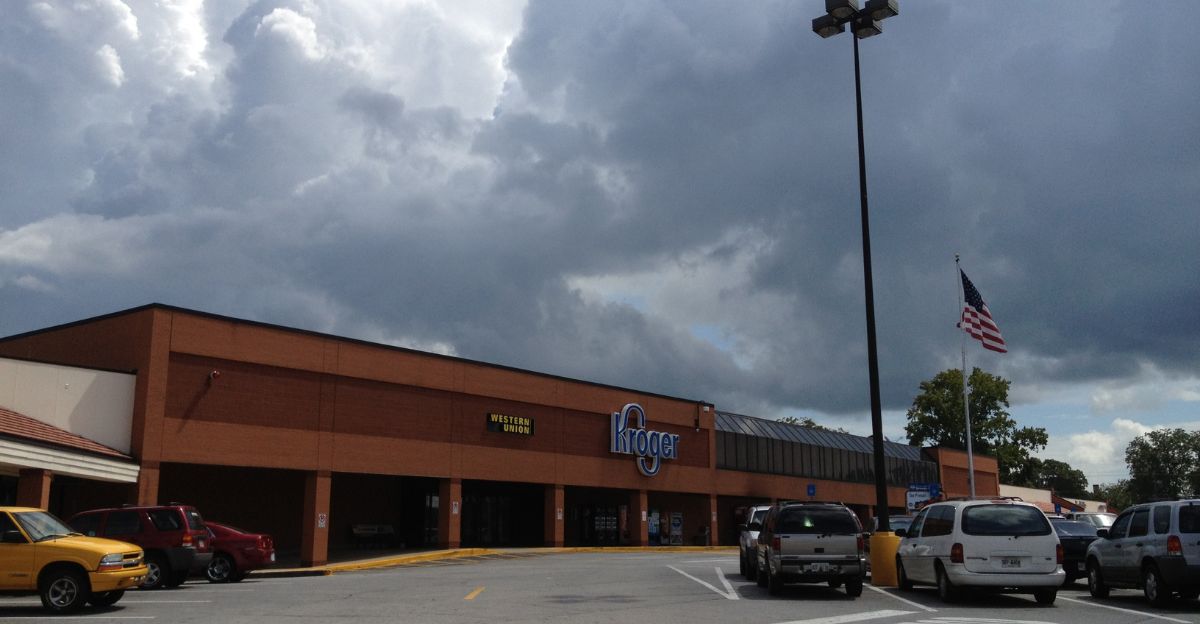
The Federal Trade Commission and several states blocked the Kroger-Albertsons merger, citing antitrust concerns.
The closures may reignite debates over market concentration, food deserts, and consumer choice in the grocery sector.
International Perspective

While Kroger’s operations are U.S.-focused, global retailers are watching the situation closely.
The company’s struggles highlight challenges facing traditional supermarkets worldwide as online and discount competitors gain ground.
Legal and Environmental Angles

Kroger faces ongoing litigation from Albertsons and scrutiny over its environmental footprint.
Store closures could reduce energy use but could also increase travel distances for shoppers, raising new sustainability questions.
Cultural Shifts
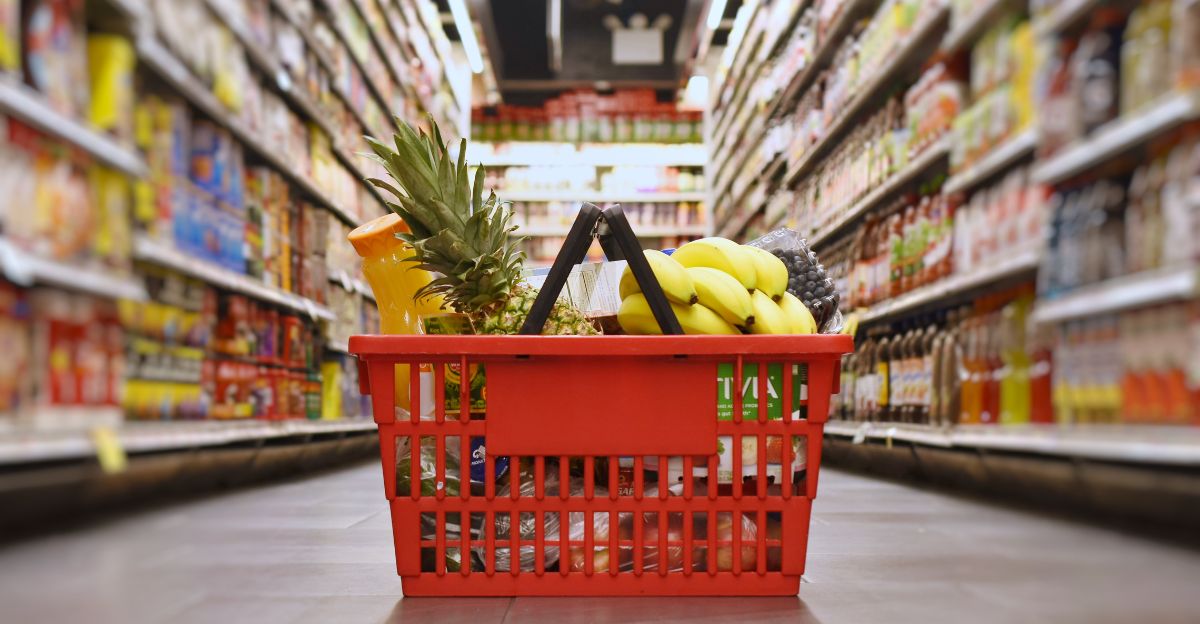
The closures reflect changing consumer habits, with more shoppers turning to online grocery delivery and discount chains.
For many communities, the loss of a local Kroger marks the end of an era and a shift in neighborhood identity.
What It Means Now
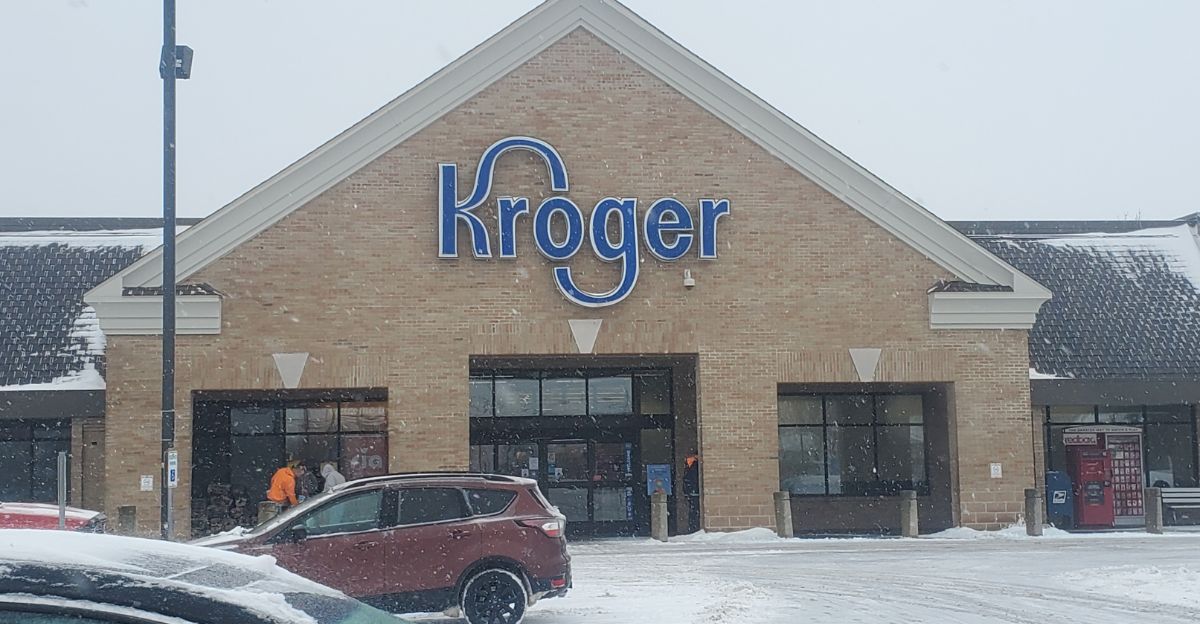
Kroger’s sweeping closures are a bellwether for the future of American retail.
As the company adapts to new realities, the fate of its workers, customers, and communities hangs in the balance, underscoring the high stakes of transformation in the grocery industry.